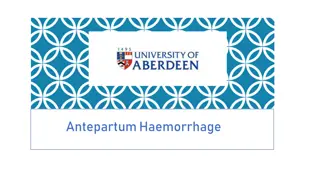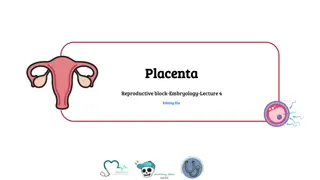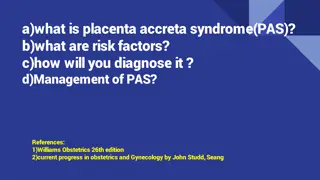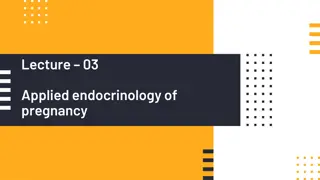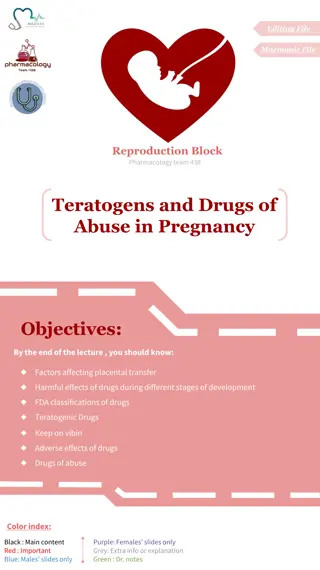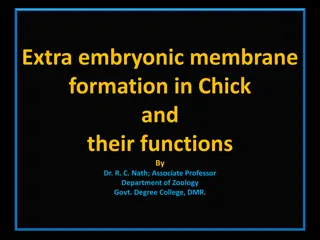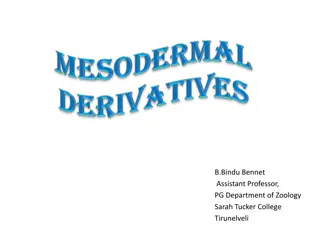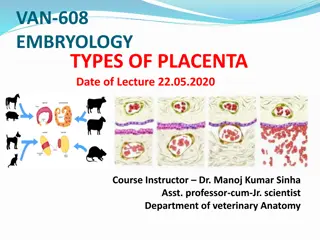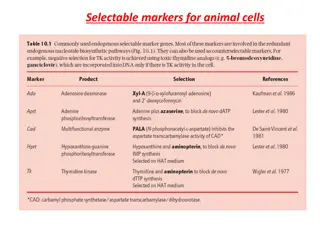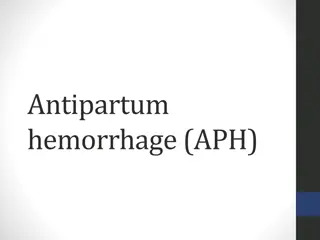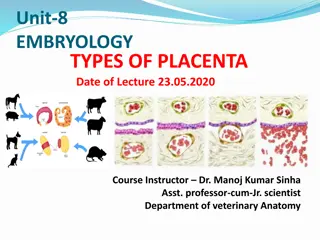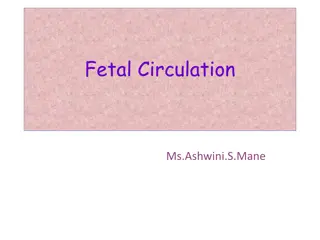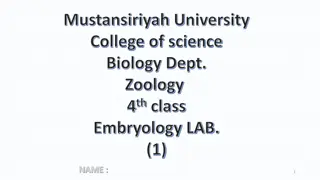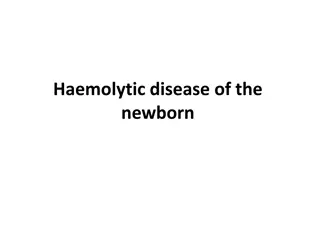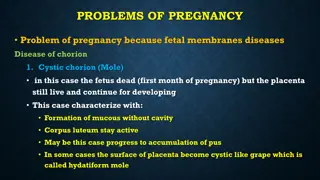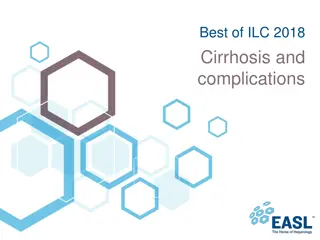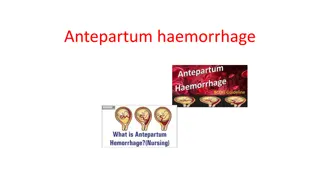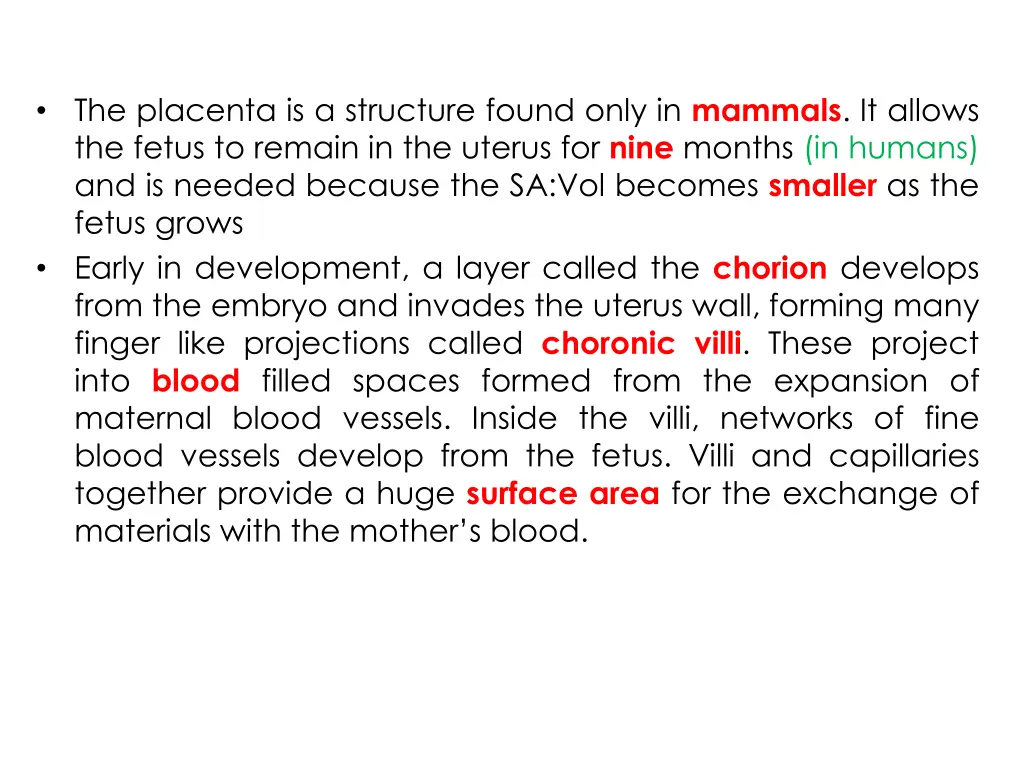
Fascinating Insights into Placental Functionality
Explore the intricate role of the placenta in mammalian reproduction, serving as a vital link between the mother and the developing fetus. Discover how the placenta facilitates nutrient exchange, hormone production, and acts as a protective barrier during pregnancy. Dive into the physiological changes before and after birth, unveiling the orchestrated hormonal shifts and processes involved in childbirth and lactation.
Download Presentation

Please find below an Image/Link to download the presentation.
The content on the website is provided AS IS for your information and personal use only. It may not be sold, licensed, or shared on other websites without obtaining consent from the author. If you encounter any issues during the download, it is possible that the publisher has removed the file from their server.
You are allowed to download the files provided on this website for personal or commercial use, subject to the condition that they are used lawfully. All files are the property of their respective owners.
The content on the website is provided AS IS for your information and personal use only. It may not be sold, licensed, or shared on other websites without obtaining consent from the author.
E N D
Presentation Transcript
The placenta is a structure found only in mammals. It allows the fetus to remain in the uterus for nine months (in humans) and is needed because the SA:Vol becomes smaller as the fetus grows Early in development, a layer called the chorion develops from the embryo and invades the uterus wall, forming many finger like projections called choronic villi. These project into blood filled spaces formed from the expansion of maternal blood vessels. Inside the villi, networks of fine blood vessels develop from the fetus. Villi and capillaries together provide a huge surface area for the exchange of materials with the mother s blood.
1] Exchange materials between mother and fetus F . and m blood circulations are brought very close together, but they do not m . Exchange in the placenta is by d .. and a . transport. 2] Make hormones to maintain pregnancy The placenta is an endocrine organ. After 3 months of pregnancy it takes over from the corpus luteum as the main source of oestrogen and progesterone Oestrogen acts to : stimulate growth of the ., inhibits F .., inhibits release of prolactin Progesterone acts to : maintain e .., relaxes uterine muscles so prevents contraction and possible m . , inhibits F , inhibits release of p ... 3] Act as a protective barrier The placenta is a barrier to bacteria, although some v can cross it such as the rubella virus and HIV virus
Placental villi Placenta Inter-villous spaces Oxygenated foetal blood Deoxygen ated foetal blood Myometrium Endometrium
Immediately before birth, the levels of p decreases sharply. This removes the inhibition of u .. muscle contraction. Oestrogen, which promotes uterine contraction, rises. The posterior pituitary releases the hormone o which relaxes pelvic muscles to aid dilation of the cervix. It also stimulates rhythmic contractions of u muscles in a wave, downwards towards the cervix. The triggering of s . receptors in the cervix stimulates further release of oxytocin. Oxytocin release is therefore controlled by p .. feedback. The rate and strength of contractions increases until bi .. Once the baby has been born, the placenta detaches from the endometrium and is discharged as afterbirth. L .. then begins in response to the low levels of hormones. After birth, blood levels of the hormone prolactin from the pituitary increase. This hormone stimulates milk production. As the baby suckles, prolactin levels are maintained and oxytocin is also released which causes milk to be released from milk ducts.

